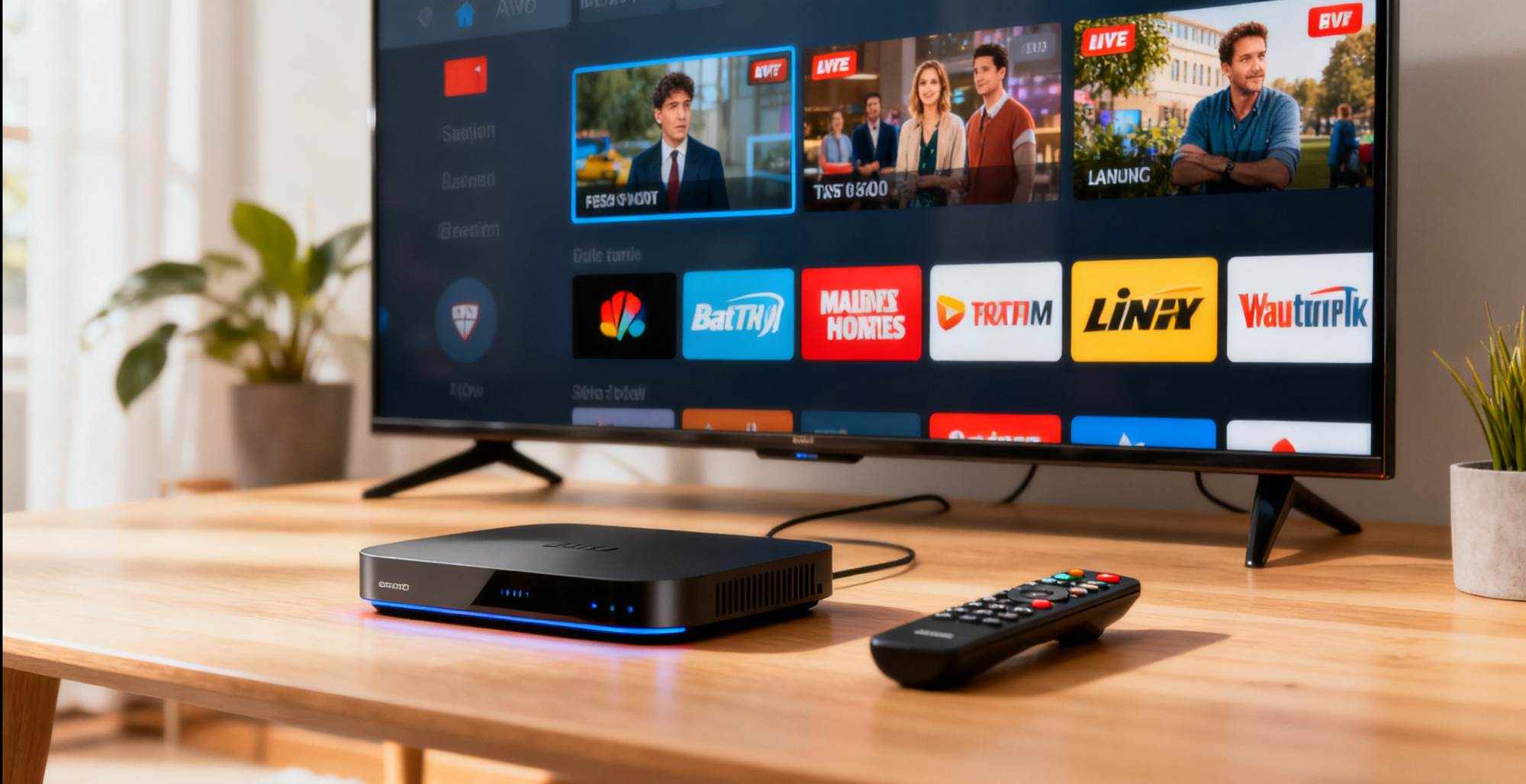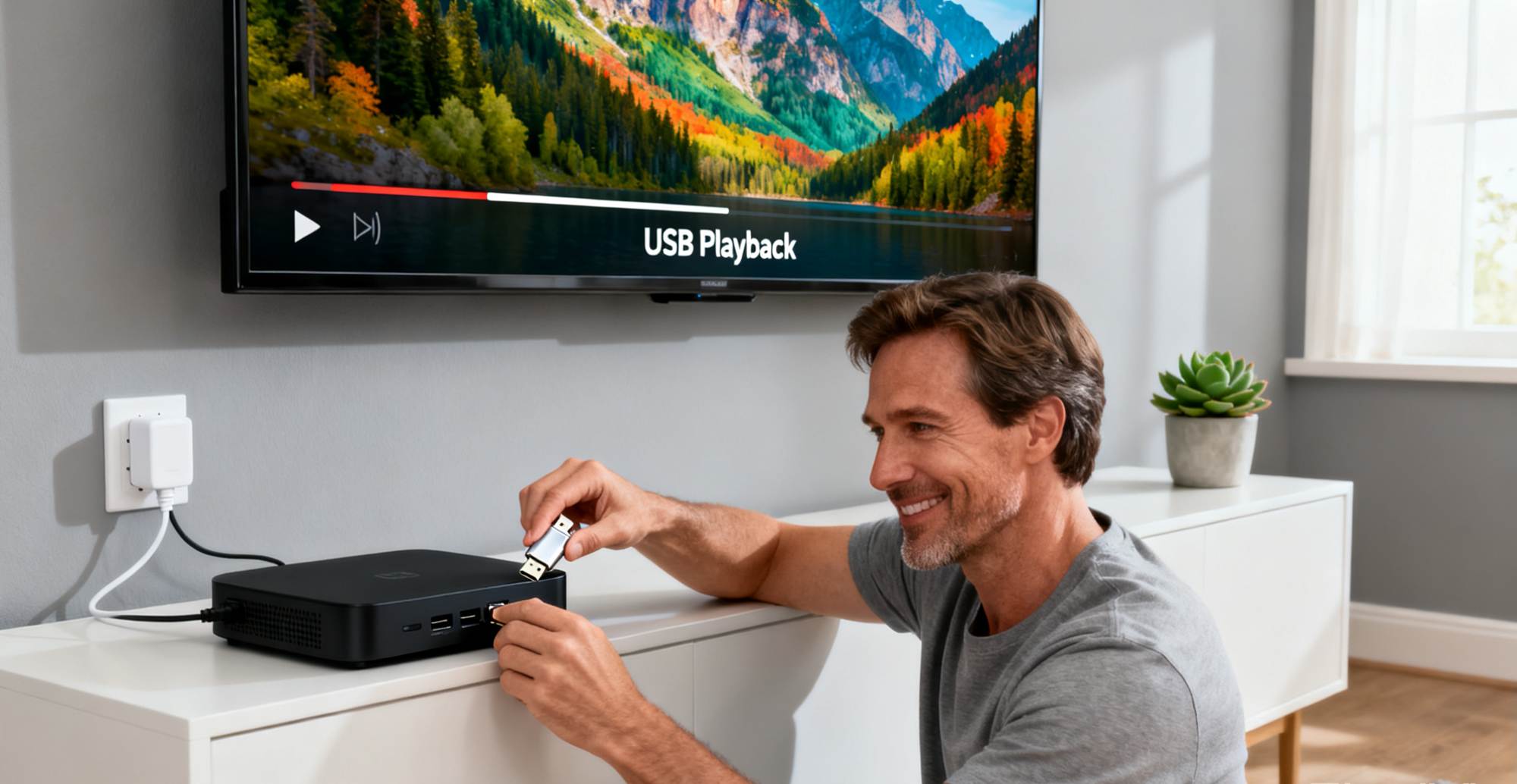In the era of smart TV, the core difference between a TV box and a set-top box lies in their feature richness and intelligence. The former is a versatile entertainment terminal, supporting online videos, games, and smart apps; the latter focuses on signal decoding, meeting basic TV needs. Choosing the right device for your needs can give traditional TV a new lease of life.
In the era of smart TV, users often confuse the concepts of TV boxes and set-top boxes. While both devices connect to the TV, they differ significantly in their functionality, purpose, and technical features. Understanding the differences between them helps us choose the right product for our needs.
content
1 .Definition and Basic Functions
1.1 Set-Top Box
2.Network Connection Methods
3.Hardware Configuration
4.Use Scenarios
5.Price Differences
6.Development Trends
1 Definition and Basic Functions
1.1 Set-Top Box
Originally designed to decode cable or satellite TV signals, a traditional set-top box primarily receives and decodes TV program content provided by operators, allowing users to watch digital TV. Its core functions are relatively simple:
Receive TV signals (such as cable, satellite, or IPTV),
Decode and output the signals, and Provide basic functions such as channel switching and a program guide.
1.2 TV Box
A TV box is an intelligent multimedia terminal device, essentially a microcomputer. It not only receives network signals but also boasts powerful data processing capabilities and a rich suite of application support, enabling a variety of entertainment and productivity functions.
Common functions include:
● Watch content from major video platforms (such as Netflix and YouTube)
● Support for app stores, games, and productivity apps
● Play local files and screen mirroring from your phone
● Some support voice assistants and smart home integration
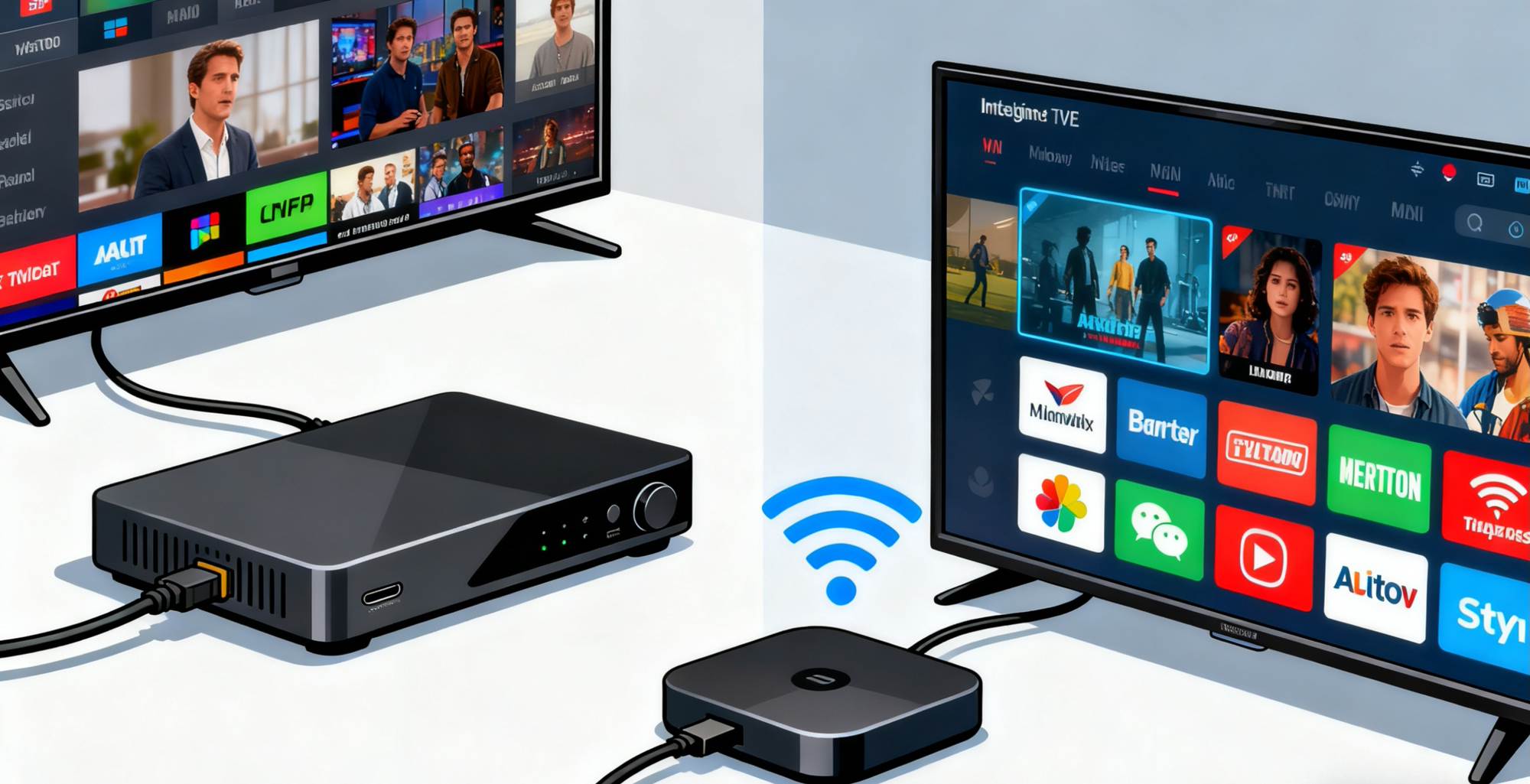
Functional Differences
Set-top boxes have relatively specialized functions, primarily used to:
● Receive and decode digital TV signals
● Provide basic channel switching and program guides
● Support simple video-on-demand functionality
TV boxes, on the other hand, offer a wider range of functions:
● Watch content from online video platforms
● Run various applications and games
● Play local media files
● Enable screen mirroring from your phone
● Some models also support advanced features such as voice control and smart home control
Network Connection Methods
Traditional set-top boxes primarily connect via wired networks or dedicated signal lines, resulting in relatively limited network functionality. TV boxes, on the other hand, generally support Wi-Fi wireless connectivity, fully utilizing internet resources and offering a wider range of content and services.
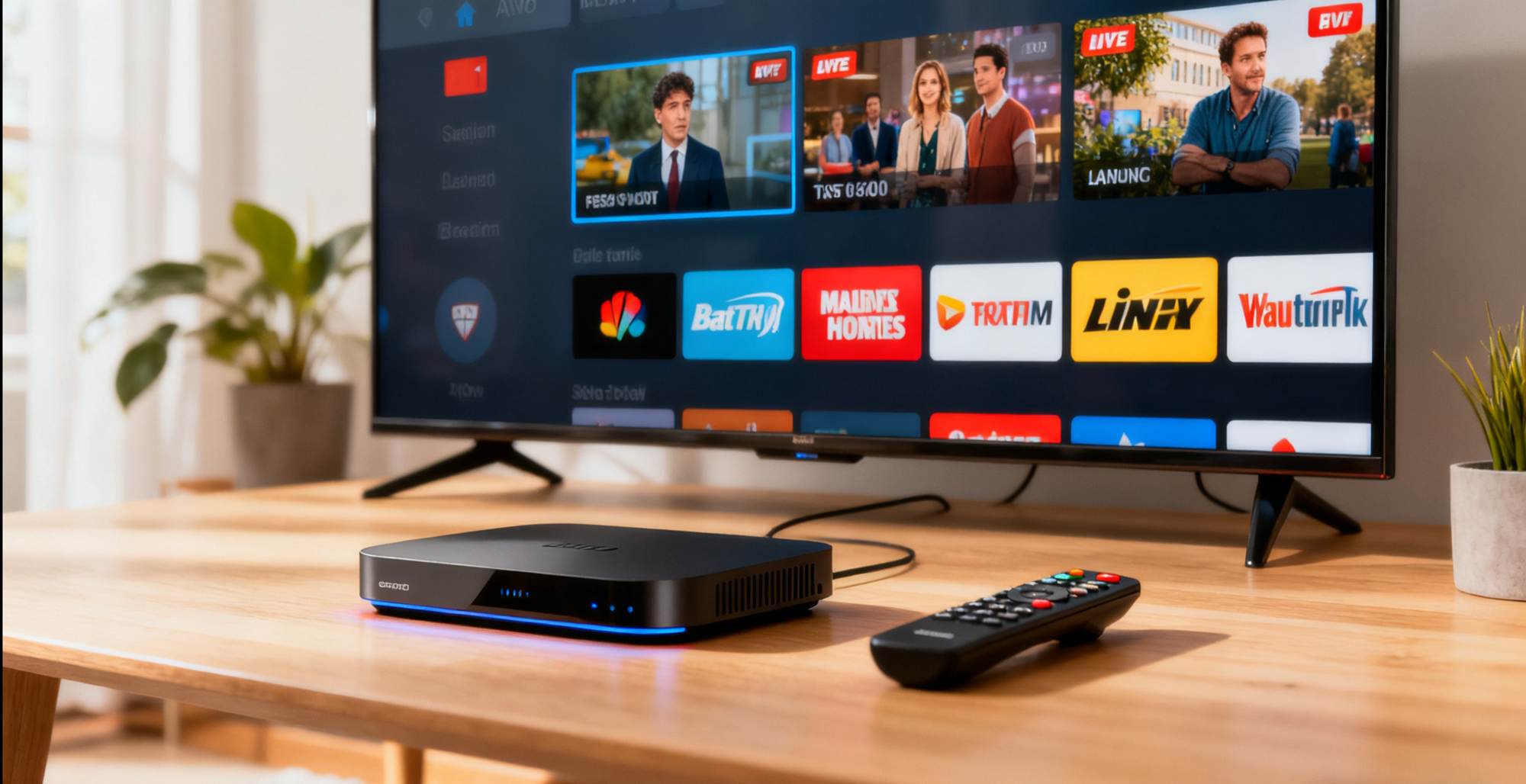
Hardware Configuration
In terms of hardware configuration, TV boxes typically feature more powerful processors, larger memory and storage, and run smart operating systems such as Android. Traditional set-top boxes, on the other hand, have relatively simple hardware configurations, primarily meeting basic signal processing requirements.
Use Scenarios
Set-top boxes are primarily suitable for:
● Cable TV users who need digital signal decoding
● Operator-provided IPTV services
● Users with relatively simple feature requirements
TV boxes are more suitable for:
● Users who enjoy watching online video content
● Families seeking a versatile entertainment device
● Users looking to upgrade their traditional TV to a smart TV
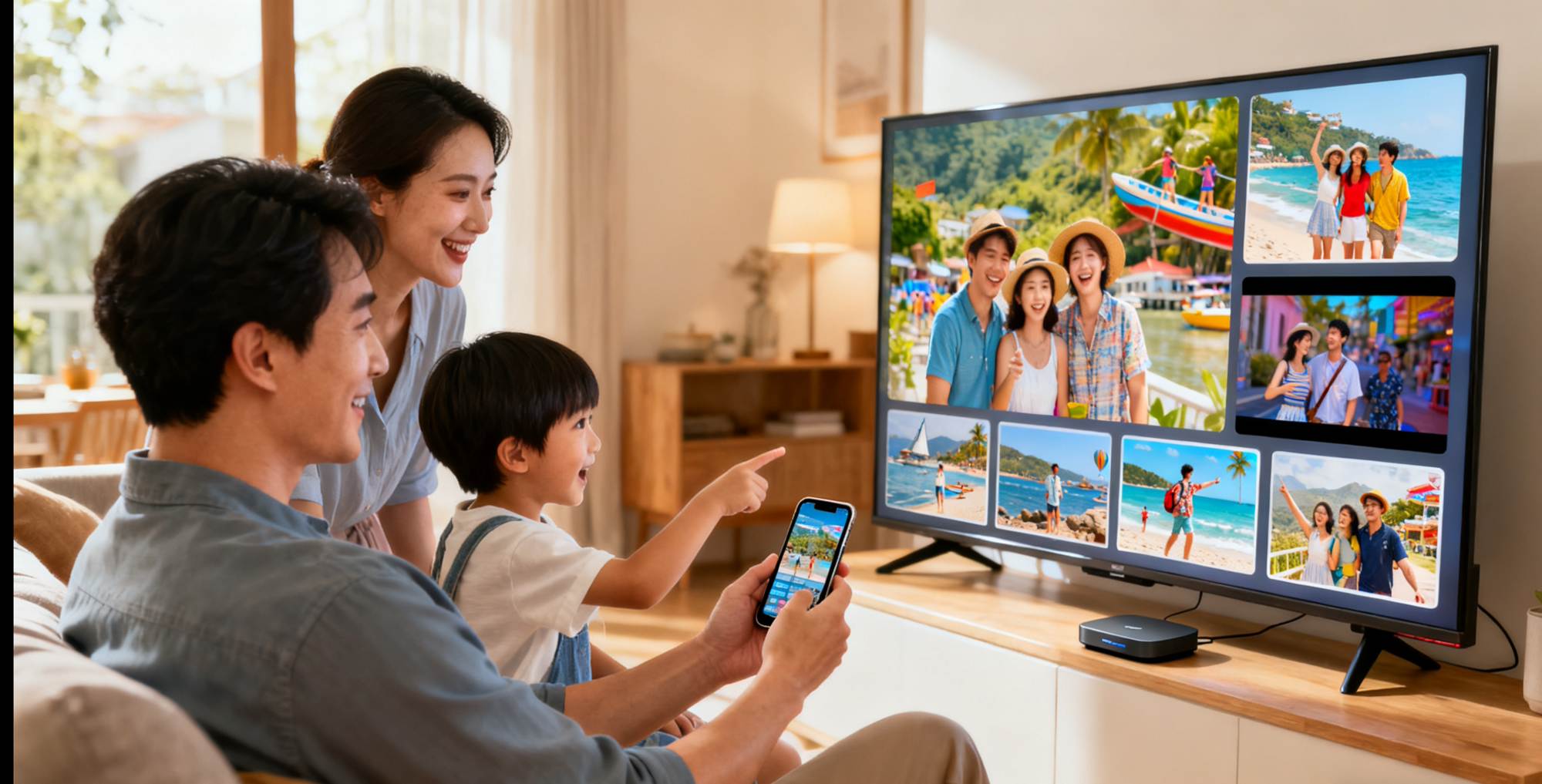
Price Differences
Generally speaking, traditional set-top boxes are relatively inexpensive, often provided free of charge or sold at a low cost by operators. Feature-rich TV boxes, on the other hand, vary widely in price, ranging from tens to hundreds of yuan, depending on brand, configuration, and functionality.
Development Trends
With the popularity of smart TVs and the advancement of network technology, traditional set-top boxes are becoming more intelligent, and the distinction between the two is blurring. Many new set-top boxes are also integrating smart features, while TV boxes are also continuously improving their live TV streaming capabilities.
In general, the main difference between TV boxes and set-top boxes lies in their feature richness and level of intelligence. When choosing, users should make decisions based on their actual needs, usage habits and budget, so that they can choose the product that best suits them.
